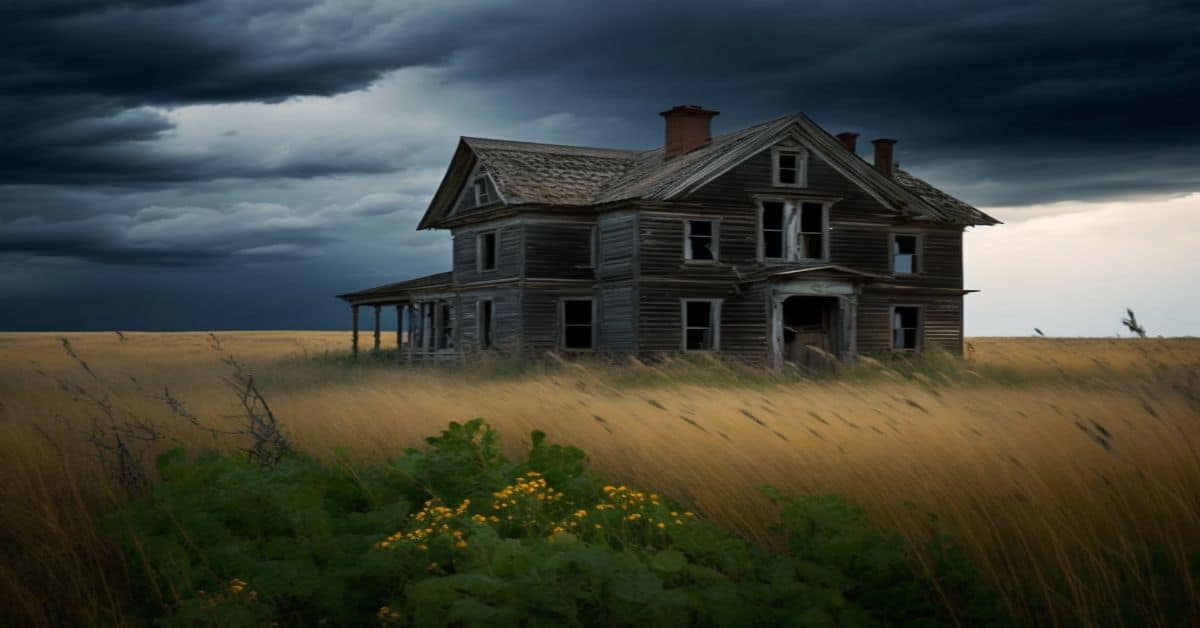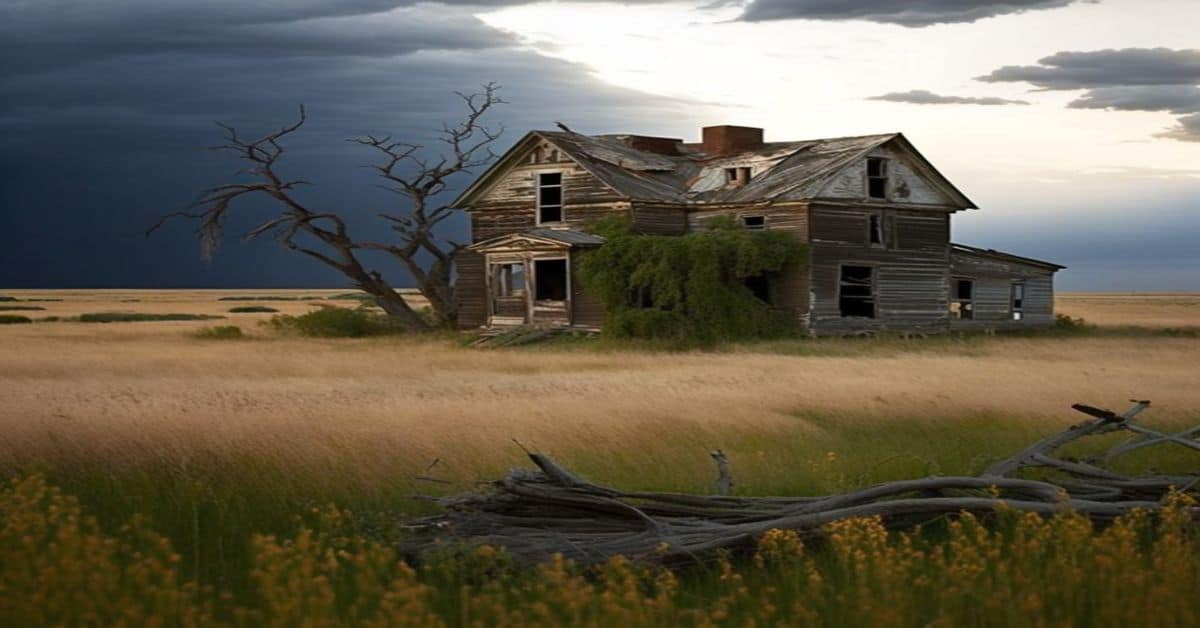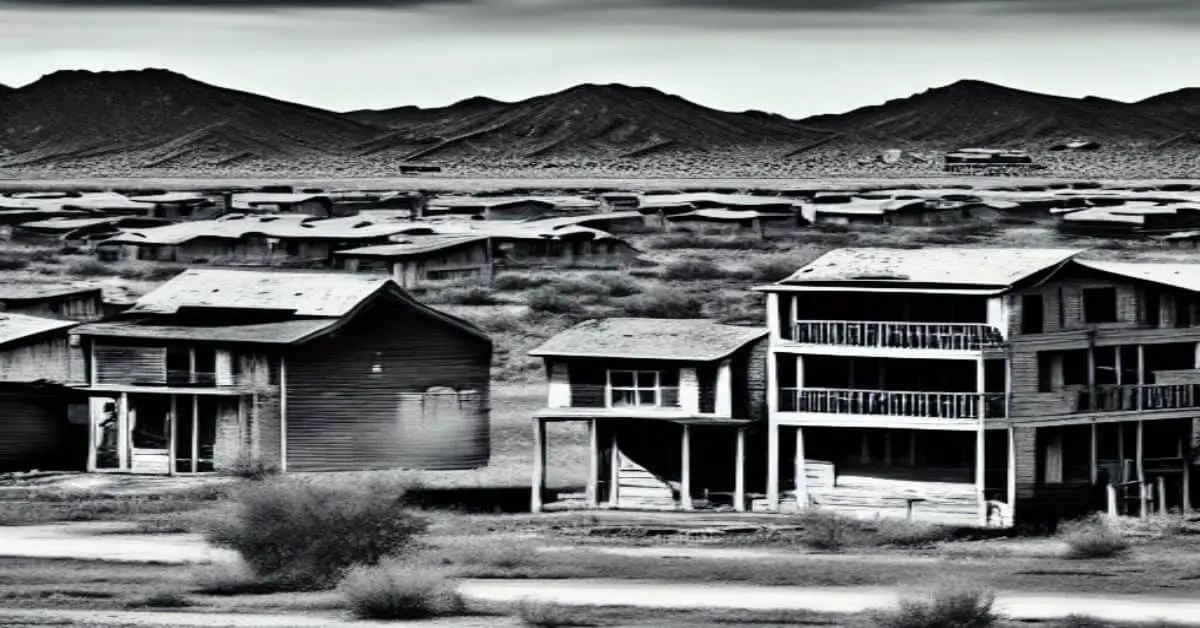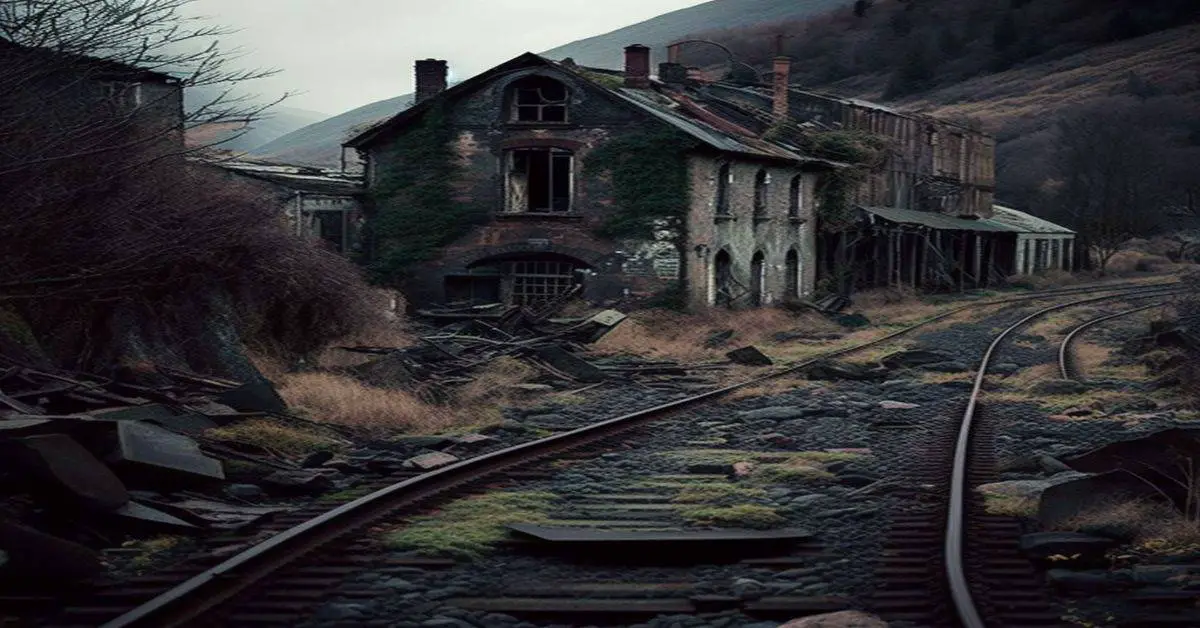Fun Facts About Wisconsin’s History
Wisconsin is a state located in the midwestern region of the United States. It has a rich and fascinating history that is often overlooked. This article will explore some of the most interesting and fun facts about Wisconsin’s history. From the area’s first inhabitants to the present day, Wisconsin has a long and diverse history that has shaped the state we know today.
Native American History
Before the arrival of Europeans, Wisconsin was home to many Native American tribes. The most significant were the Menominee, Ojibwe, and Ho-Chunk nations. They were skilled hunters and farmers with a strong connection to the land. They built intricate and unique structures, such as the effigy mounds throughout the state.
French Influence
In the 1600s, French explorers arrived in Wisconsin and established fur trading posts. They were the first Europeans to establish a presence in the area. The French brought new technologies and ideas, including the fur trade, quickly becoming vital to the state’s economy.
Statehood and the Civil War
Wisconsin became a state in 1848, and just over a decade later, it played a critical role in the Civil War. Over 91,000 soldiers from Wisconsin fought in the war, and many of them lost their lives. One of the most notable units was the Iron Brigade, composed of soldiers from Wisconsin and other Midwestern states.
Progressive Movement
Wisconsin has a long history of progressive politics. In the late 1800s and early 1900s, a group of politicians and activists in the state worked to implement social and political reforms. They were known as the “Wisconsin Idea” and believed in the power of government to promote social welfare.
Some of the most notable achievements of the progressive movement in Wisconsin include creating the first workers’ compensation program, the first income tax, and the establishment of public utilities.
Dairy State
Wisconsin is known as the Dairy State, and for a good reason. The state has a long and proud history of dairy farming. In the early 1900s, Wisconsin was the leading butter producer in the United States. The state is still a major producer of milk, cheese, and other dairy products.
Fort Crawford, Wisconsin
Fort Crawford was a fort located near Prairie du Chien. It was used twice, with the second use being rebuilt under the command of President Zachary Taylor. The buildings later became part of a municipal pool in the 1940s.
Donaldson, Wisconsin
Donaldson was a city formed around the lumber industry. The city was abandoned after a mill fire, with the town of Land O’ Lakes growing and taking its place. The school steps are still visible today.
Ulao, Wisconsin
Ulao was a major port in Ozaukee county in the mid-1800s. One of its residents was infamous: Charles Guiteau, who assassinated President Garfield. The area was also home to Strangeite Mormons who left Wisconsin for Michigan before settling in Ulao.
Ceresco, Wisconsin
Named after the Roman goddess of the harvest, Ceresco was settled by 19 people looking to start a commune. The commune was based on the principles of Charles Fourier, and the settlers lived in log homes. The experiment was successful, and the area is still known as Ceresco today.
Dover, Wisconsin
Dover had a few different names over time. It was originally settled by the British Temperance and Emigration Society but was abandoned when the railroad bypassed the city in favor of Mazomanie.
Pokerville, Wisconsin
Pokerville, also known as Blue Mounds West, was a busy town on the main road across the state. It was known for gathering, drinking, and gambling.
Cooksville, Wisconsin
Cooksville was another victim of the railroad. It was a growing town with its mill and a general store for over 170 years. The town was built in a New England style and later settled by Norwegian immigrants.
Sinippee, Wisconsin
Sinippee was located across the Mississippi from Dubuque, Iowa. It was on a small tributary of the Mississippi called Sinippee and was once a major port in the lead industry. Notable guests to the town included Zachary Taylor and Jefferson Davis.
Fort Howard, Wisconsin
Fort Howard was built during the War of 1812 to protect the Fox and Wisconsin Rivers from British invasion. The fort was later abandoned due to an outbreak of malaria, and the residents were sent to nearby Fort Smith. Some buildings were moved to Fort Smith and can now be seen at Heritage Hill Park near Green Bay.
Belmont, Wisconsin
Belmont was a temporary capital of the Wisconsin Territory in 1836. The buildings, including a capitol and court building, had no heat, and the meetings took place in late October. The legislators soon voted to move the capital to Madison due to the unsatisfactory conditions in Belmont.
Conclusion
Wisconsin’s history is full of fascinating and unique stories that have shaped our current state. From the first inhabitants to the present day, Wisconsin has a rich and diverse history that is often overlooked.
This article explores some of Wisconsin’s history’s most interesting and fun facts. We hope this article has given you a glimpse into the state’s past and inspired you to learn more about the history of this great state.



